
out of
TVs
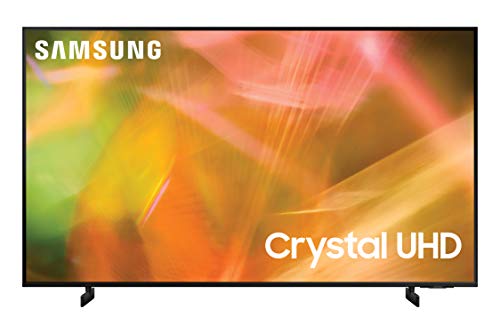
Samsung AU8000 Review
→
Published
True Score
True Score is an AI-powered algorithm of product tests and customer reviews.
Absolutely Fresh

Experts
Consumers
Expert Rankings
(
)
The Samsung AU8000 is an excellent TV for most use-cases, thanks to its superb contrast, smooth 24FPS playback, and decent reflection handling. However, watch out for the poor viewing angles and the inadequate peak brightness.

We’re reader-supported. Commissions finance our mission. Our ‘True Score‘ system independently powers ratings. Learn more
Product Snapshot
Overview
The Samsung AU8000 is an entry-level 4K TV from Samsung launched in 2021. It promises to provide better contrast than IPS LCDs, thanks to its VA panel. In addition, it features low input lag and judder-free 24FPS playback. Furthermore, it boasts the easy-to-use Tizen OS platform for smooth navigation. Thus, it is very well positioned for non-gaming users who need a 4K TV that just works. Keep reading our Samsung AU8000 review below to learn more about what top experts said. Also, don’t forget to check out the highest-rated TVs available today.
Consensus
our Verdict

The Samsung AU8000 is a great 4K smart TV for those just starting out. It’s great for media and gaming, with fantastic contrast, decent upscaling, smooth 24FPS playback, and excellent reflection diffusion. Just be aware of the poor viewing angles and low peak brightness.
ReasonS to Buy
- Fantastic contrast
- Low input lag
- Awesome reflection handling
- Judder removal
- Good upscaling
- Support for chroma 4:4:4
- HDR 10+ available
- Good out of the box color accuracy
- Stutter free 24FPS playback
Reason to Avoid
- Low peak brightness
- High response time
- Lack of HDMI 2.1
- No VRR
- Limited to only 60Hz
- Display uniformity issues
- Lack of a wide color gamut
- It can’t display a 1440P signal
- Poor viewing angles
Samsung AU8000 Specs
 | Backlight Type | Edge |
| Display Type | LED | |
| HDMI Inputs | 3 | |
| HDR Format | HDR10, HDR10+ | |
 | LED Panel Type | VA |
| Max Resolution | 3840 x 2160 (4k) | |
| Refresh Rate | 60 Hz | |
| Screen size | 75" | |
 | Smart Platform | Tizen |
 | Sync Technology | n/a |
 | VRR | n/a |
All Specs
Test Results
These are the most important criteria to test for TVs based on our comprehensive Testing Methodology.
| Color Gamut % (DCI P3 xy) | 82.15 |
| Color Gamut % (DCI P3 uv) | 88.11 |
| Color Gamut % (Rec 2020 xy) | 59.88 |
| Color Gamut % (Rec 2020 uv) | 67.39 |
| Color Gamut % (sRGB) | 0 |
| Color Gamut % (Rec 709) | 0 |
| Color Gamut % (BT.2020) | 0 |
| Color Gamut % (Adobe RGB) | 0 |
| Color Gamut % (BT.709) | 0 |
| Contrast Ratio (x:1) | 4,050 |
| SDR Brightness (nits) | 313 |
| HDR Brightness (nits) | 312 |
| Input Lag (ms) | 10.9 |
| Response Time (ms) | 15.3 |
| Color Washout (Degrees) | 42 |
| Color Shift (Degrees) | 29 |
| Brightness Loss (Degrees) | 38 |
| Reflections (%) | 3.3 |
| Low-Freq Extension (Hz) | 119.87 |
| Freq Response StdDev @ 70db | 2.56 |
| Freq Response StdDev @ 80db | 3.64 |
| Weighted Total Harmonic Distortion @80db | 0.48 |
| Intermodulation Distortion @80db | 7.3 |
| EOTF (600 nit delta) | 0.0117 |
| EOTF (1000 nit delta) | 0.0116 |
| EOTF (4000 nit delta) | 0.0117 |
All Tests

Can You Trust What You Read Online?
Fake reviews are taking over tech journalism—45% of sites are faking product tests. Don’t be misled.
Sign up now for exclusive access to Gadget Review’s bombshell investigation and uncover the truth about tech journalism.
Plus, stay ahead with our daily newsletter, packed with insights you can trust.
All Stores
Updated every 24 hours
- $374.99
Availability
In StockFree Shipping
No
Score Card
E
Expert Score
*.75
We place a 75% weighted value on Expert Test Scores
C
Customer Score
*.25
We place a 25% weighted value on Customer Scores
True Score
Any product with a True Score above 70 is a Mixed Reviews
Expert Scores
Publications with higher Trust Ratings are given more weight.
- 55The Samsung AU8000 is a decent TV overall. It looks best in a dim or… Read More
By:
Unknown - NRJust like its predecessors, the AU8000 from Samsung is a TV that offers a great… Read More
By:
Andy White - 77New for 2021, the Samsung AU8000 looks to be an appealing option for those after… Read More
By:
Alexander Tozzi
Customer Scores
Learn More About TVs
TV Buying Guides_
Latest DEALS_
-
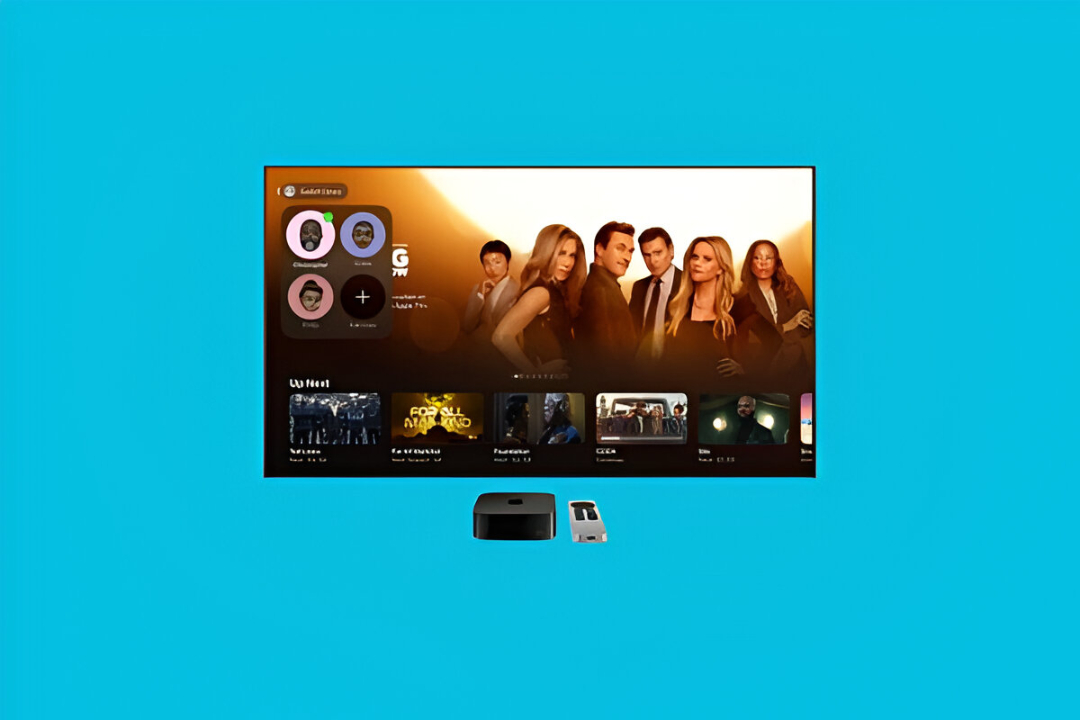
This Apple TV+ deal gives you 1 month free, then $9.99/month
·
-
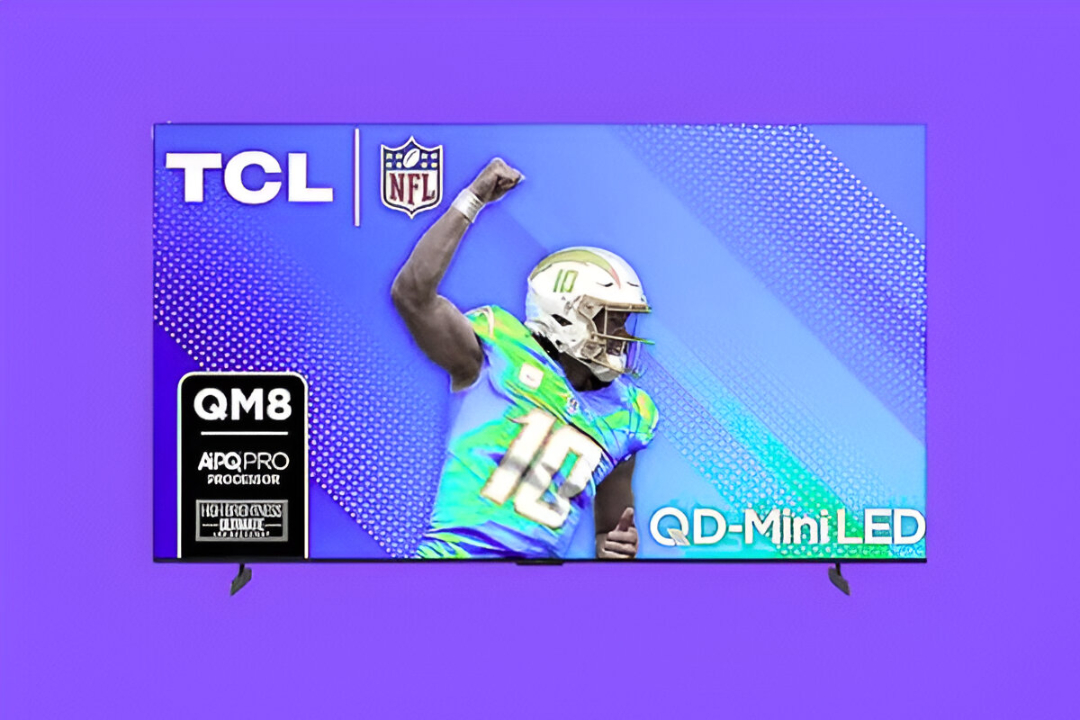
TCL 85-Inch QM85 QD-Mini LED 4K Smart TV (2024) – $1,796.99 (Save 33%)
·
-
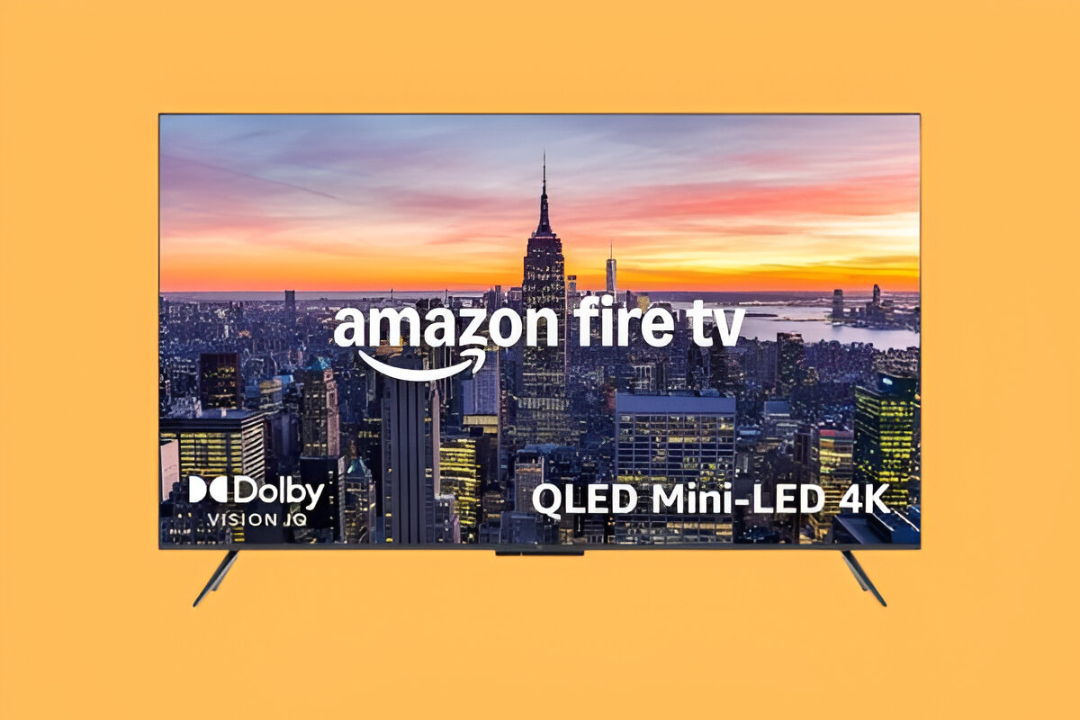
Amazon Fire TV 55″ Omni Mini-LED QLED 4K Smart TV – $769.99 (Save 6%)
·
-
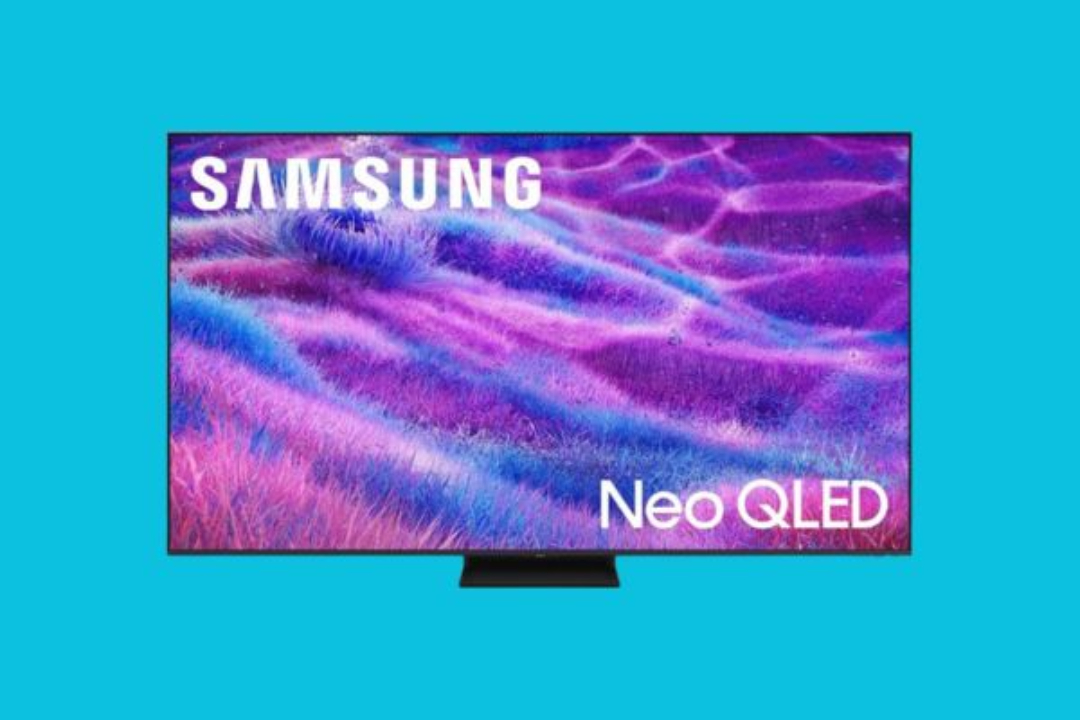
Samsung 85-Inch Neo QLED 4K Smart TV (2025 QN80F) — $2,197.99 (Save $1,300)
·
-
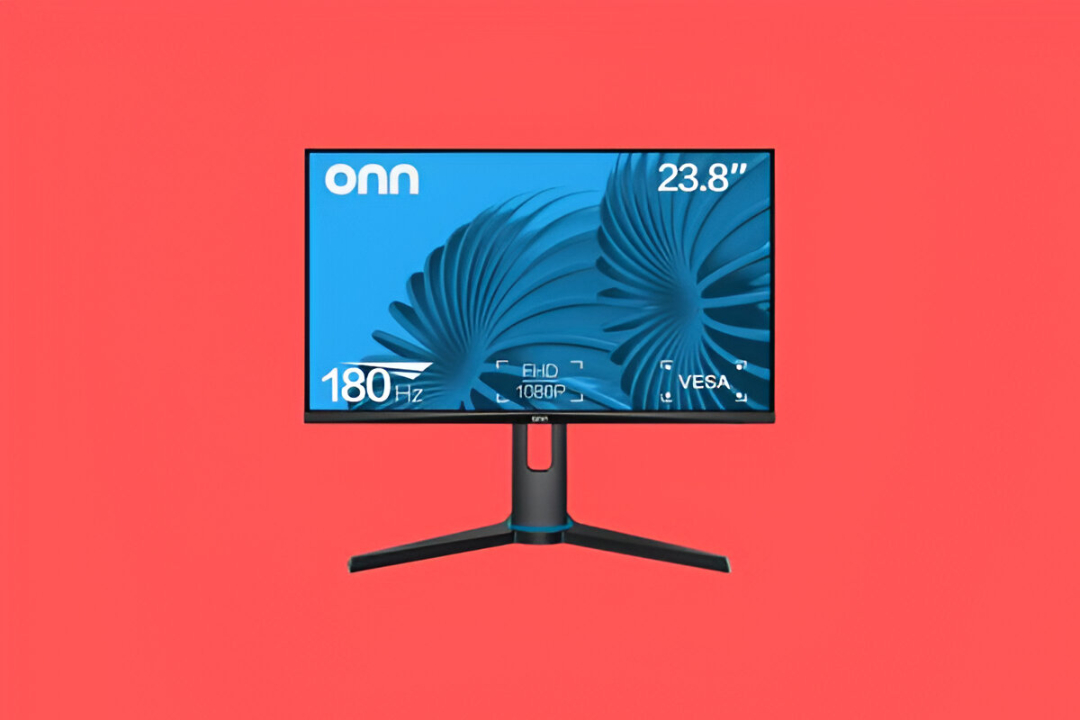
onn. 24″ FHD 180Hz 1ms FreeSync Gaming Monitor — $129 (Save $20)
·




















